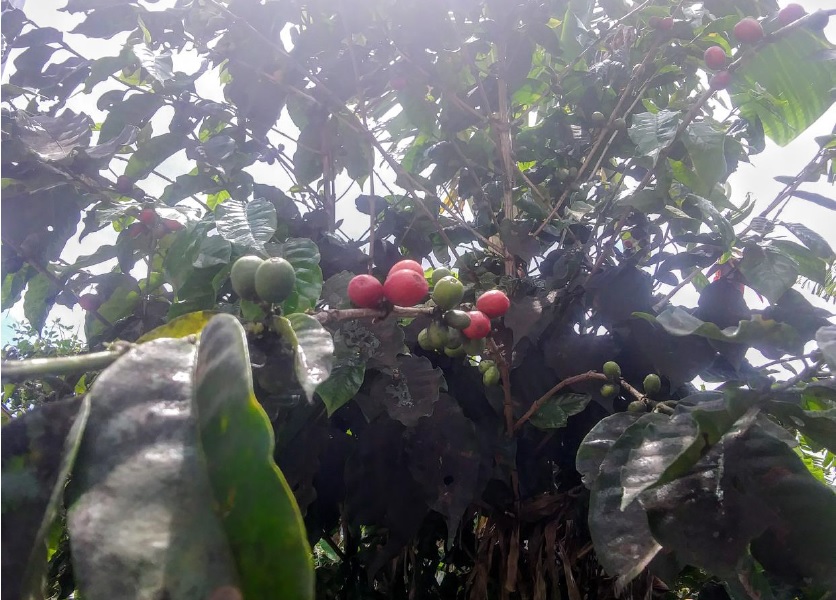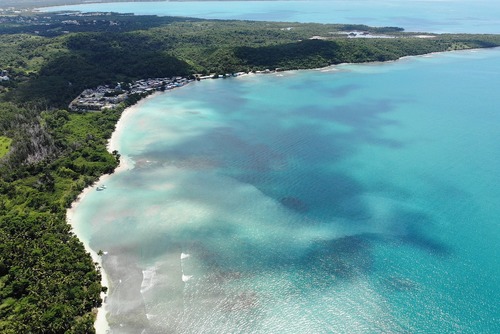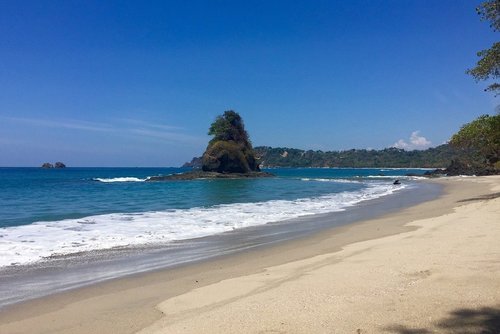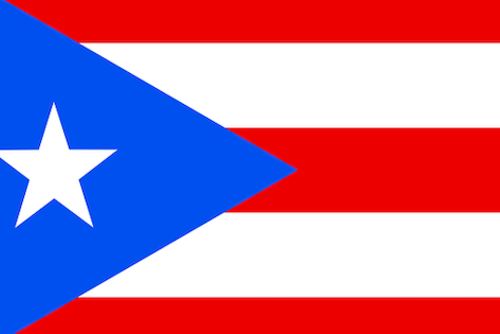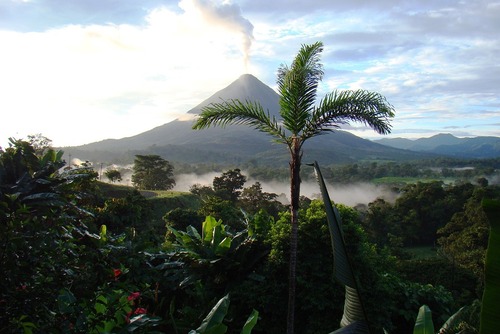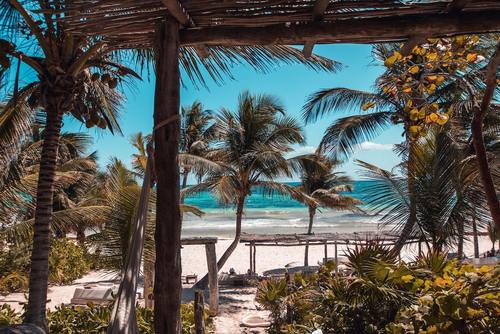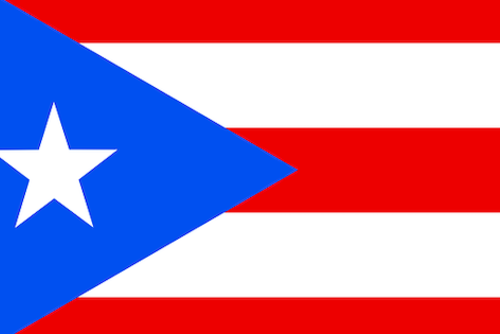It’s been a few years since some coffee haciendas in Puerto Rico began to offer coffee tours, and these were growing in popularity up to when Hurricane Maria hit the country.
You could say that now isn’t the best time to visit Puerto Rico, but it is, it is in times like these that people need to go and support local businesses in Puerto Rico.
Nicole Rivera Rivera recently did exactly that by visiting some of the best haciendas in the country and saw how they are getting back to business. Here she shares her experience and why it is vital you also visit to play a small role in helping the people of Puerto Rico.
How to Choose Which Hacienda to Visit
Now, good coffee is like good whisky, sure, you’ve tried some “coffee” before but probably watered down with something else.
Good coffee is meant to be enjoyed by itself, in its pureness, although, I take it with some Barrilito rum while I’m at it. If you believe that #coffeeislife, then you probably know that Puerto Rican coffee is among the best in the world. Therefore, I think it is vital to support coffee haciendas on the island.
There are over 4,000 coffee farms in Puerto Rico and most of the coffee comes from the center-west region of Puerto Rico. Based on some online searches and recommendations for the best coffee haciendas you need to visit in Puerto Rico, I chose three haciendas in the towns Adjuntas, San Lorenzo and Lares.
1. Hacienda Tres Ángeles in Adjuntas
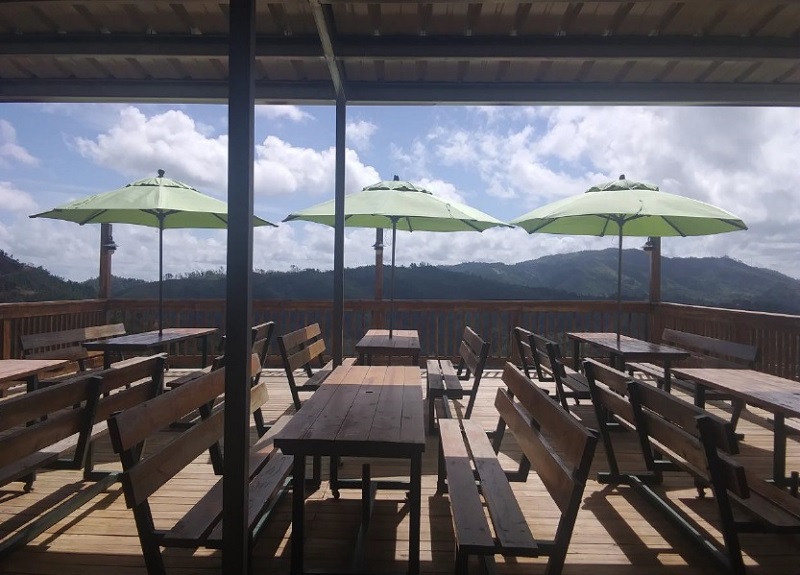
Hacienda Tres Ángeles in Adjuntas was my first stop. This agro-tourism farm has a few recognitions:
- Certified by the Tourism Company of Puerto Rico
- Recognized by the World Tourism Organization of the United Nations as World Tourism Champions in 2015
- Caribbean Kosher certification of Rabbi Mendel Zarchi
This farm is one of the few that was left with some coffee trees standing after September 2017, the family is very religious, and they are thankful for this every day. Their "office" hours are generally from Friday to Sunday and the tours are Saturdays at 10am. The tour lasts about 2.5 to 3 hours where you will walk around the hacienda and costs $ 15 per adult.
On the tour the owner talks about how she met her husband (believe me, it’s quite the story) and how the hacienda is named after their three daughters.
You will learn about the different types of coffee, how it is sown, the fruits that can be sown around it (they have plantains and a type of Puerto Rican blueberry, among others).
She shares tricks for agriculture, its sustainable practices (such as solar panels), the history of coffee and AdjuntasYou will be able to see the impressive machinery room that is used in the process (if you take your kids, they will want to use it as a slide). They work specialty coffee, Arabica / Caturra single-origin (the high-end/ fancy coffee).
From here, different brands of Puerto Rican coffee and other haciendas are getting their coffee too, as so many lost everything.
At the end, you will get a complimentary cup of coffee and a dessert, they also have a restaurant that serves fresh Puerto Rican casual food (literally farm to table). They also have smoothies, desserts and coffee bags for sale. The view from their terrace goes on for days and if you arrive early you can take advantage of the area without the crowds of people.
It is located on Carr. 129 K.m. 38.4 in the Portillo sector. To book you can call 787-360-0019 or visit their social networks on Facebook and Twitter.
2. Hacienda Muñoz
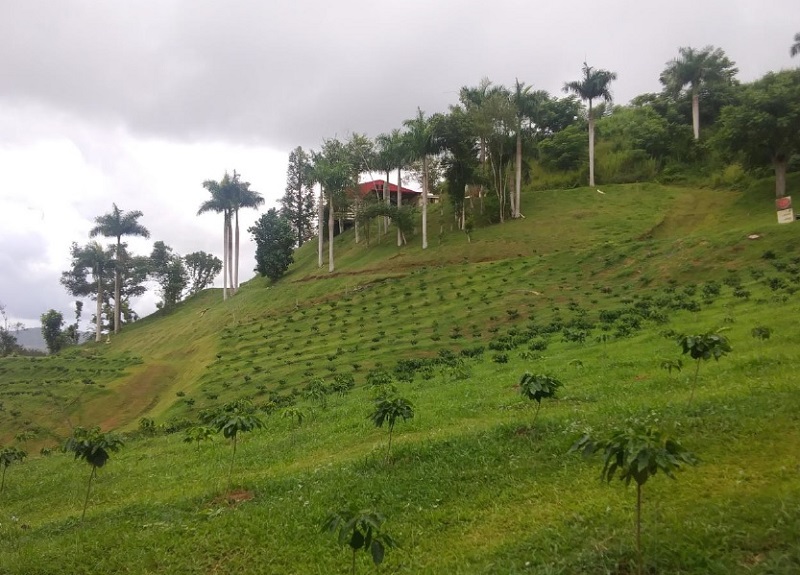
Not all coffee haciendas are in the western and central area of Puerto Rico, the east holds its own with the Hacienda Muñoz in San Lorenzo, the hometown of Chayanne, one of our many attractive male singers. This farm is standing because they stored coffee and their organization is very impressive.
The tour is offered during the weekend at 10 a.m. and at 2 p.m for $15 per adult.
The history of this hacienda begins with a family that offered catering services until they set up Yiya’s Restaurant. Their big break came with the Central American Games of 2010, they fed the athletes and Mr. Muñoz took advantage of that opportunity.
The hacienda was born, which also has:
- A beautiful space for private activities (where a family of peacocks spends their leisure time)
- Doppio Café (where you pay the tour and where you can buy souvenirs, bags of coffee, soaps, cups, shirts and breakfast)
- Amanda’s Wood Restaurant (beers and 10 pound hamburgers)
- A villa that still has some details to fix
- Yiya's Restaurant
After learning about the family history, you will learn about the history of coffee from its origins in Ethiopia. Accompanied by some posters that serve to better visualize the information on coffee areas, the composition of the fruit and the coffee flower (yes, coffee is a fruit), and the whole process including their machine room.
They have a compost area where Isabel the donkey is the star, they have a rare baobab tree from Africa, pineapples, bananas, among other fruits and vegetables. This hacienda also works specialty coffee (since the term gourmet is for food, not beverages).
I highly recommend that you go to Yiya's Restaurant after the tour, it is excellent. The service, the food, the decoration, the background music, they have house coffee beer and coffee flan meant for the gods (ask for Cheito).
Located in the Quebrada neighborhood in San Lorenzo, you can visit their Instagram account and call 939-274-2233 to book the tour.
3. Hacienda Lealtad
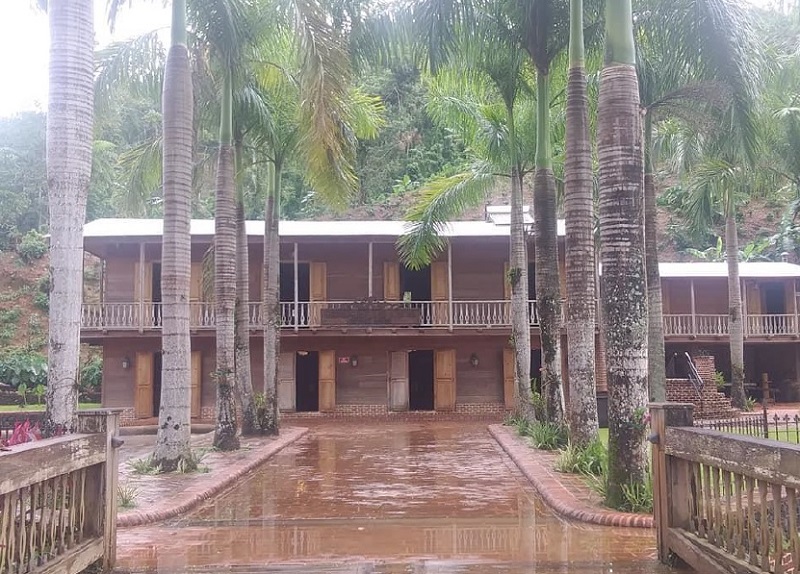
I left the Hacienda Lealtad from Lares for the end because this experience is different.
You can visit their social networks: Facebook and Instagram, call 787-897-8181 Monday through Friday from 8a.m.-5p.m. and reserve (it comes out at $ 18 per adult).
You must arrive at their Café Bistro Lealtad which has a balcony with a view (I recommend you try the coffee tres leches), plus a terrace with a bar and music. Here you start to see the high end antique decoration. It has a large parking lot to leave your car and a smaller one where the bus picks you up to take you to the hacienda for the tour.
You arrive at a door that looks like your entering a telenovela and when it opens you feel as if you have traveled in time. They leave you in a café where you wait for the tour to start. The tour focuses on the history of the hacienda from its beginning when a French man built it in
1828. It talks about how it was “transferred” to a Spanish family, the different names it’s had and how it ended in Puerto Rican hands in 2007. They suffered many losses because of Maria, of their 600 acres only 25,000 coffee plants were left and they ended up with more than 5 feet of mud. But you wouldn’t even notice it, because of the enormous remodeling efforts of all involved.
The hacienda was rebuilt with precious woods, it has a main building that has an office and a space for private activities on the first floor. The museum has the dining room set of Puerto Rican poet, lawyer and journalist, José De Diego, antiques, and a stove and fridge from the 1920’s.
The museum is where the owners stay when they are at the hacienda, so it is functional. The building where the coffee is processed, the slave rooms that will be the rooms of the boutique hotel that will open for December or January. A building that has the cafe on the top floor and a restaurant on the ground floor overlooking a small river.
The cafe has an original Wurlitzer in excellent condition and the restaurant has a cellar where more than 500 bottles of wine can fit. Furniture made by Puerto Ricans artisans in mahogany, marble floors and a crew of peacocks, roosters and a cat that spends its time sleeping.
The level of detail and investment in this hacienda is undeniable. After the tour, you might want to stay admiring the hacienda from the cafe or the restaurant with a cup of Di Laris coffee.
Top Tips for Visiting Haciendas in Puerto Rico
To embrace comfort when visiting these haciendas here are some tips:
- Wear tennis shoes, hiking sandals, hiking boots or rain boots (you change later)
- Carry a sun hat or cap, and an umbrella just in case, it’s the tropics
- Take a bottle of water and a snack with you
In conclusion, in these three haciendas there is a deep desire to grow, to move on and to succeed. There are haciendas all over Puerto Rico and if you are keen to help local people and businesses, I highly recommend planning a visit for yourself.
By Nicole Rivera Rivera
Related Pages

